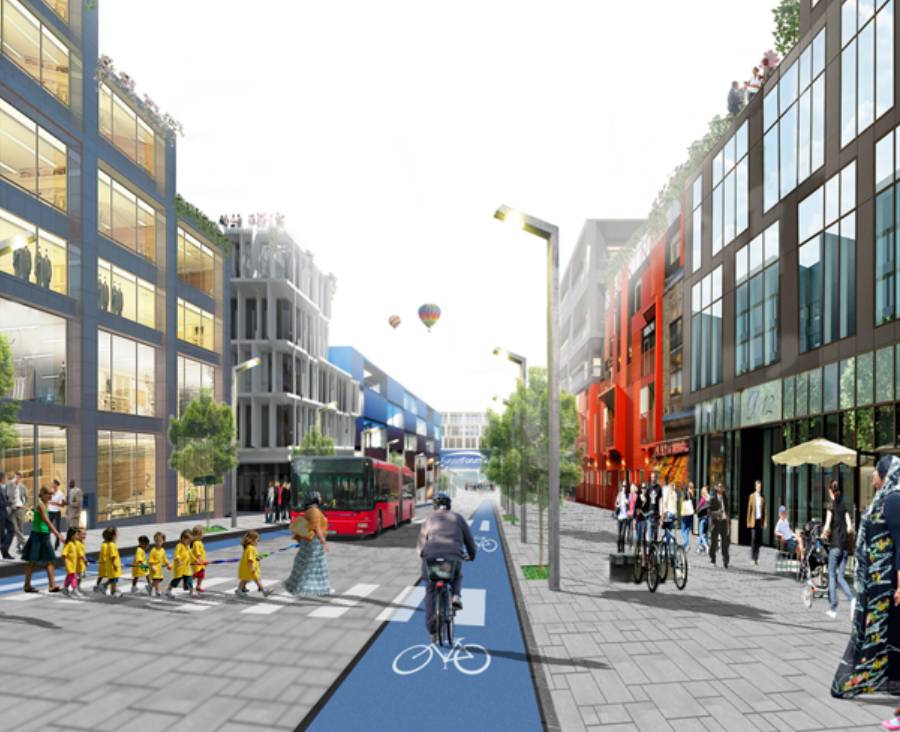Cool planning for zero emissions neighborhoods. The Norwegian way
Author(s): Daniela Baer, Arild Gustavsen, Inger Andresen
Abstract / Introduction (download full article at the bottom)
The objective to reduce both greenhouse gases and energy use is one of the most important measures to meet the UN climate goals of limiting global temperature rise to 2 degrees Celsius. Cities need to play a key role in finding the right answers to climate change, as they host most of the world’s population and are responsible for most of the global climate gas emissions. Buildings and construction account for more than 35% of global final energy use and nearly 40% of energy-related CO2 emissions. One critical method to mitigate climate change is to improve energy efficiency in the building sector.
While progress was made on new construction by developing nZEB buildings in many countries in Europe during the last decades, little was done to improve the energy consumption and greenhouse gas emission of planned and existing buildings at the neighborhood level. Here, the focus is not on individual buildings, but on a system of buildings and infrastructure within a geographical boundary. The reduction of CO2 emission results from the interplay of the three elements of buildings, infrastructure and human action. Reducing CO2 emissions at the neighborhood level, requires increased attention to CO2 mitigation strategies, energy efficiency and flexibility, while simultaneously developing the quality of the buildings and surroundings in which people spend their daily lives.
Despite Norway’s commitment to produce most of its energy with renewable sources, many people – even Norwegians – resisted the idea of Zero Emission Neighborhoods. But the list of reasons for the implementation of Zero Emission Neighborhoods is compelling, such as the reduction of the energy peak loads and the creation of self-sustaining neighborhoods; all of which will lead to more sustainable and resilient neighborhoods and cities. Experience has shown that Norway can develop Zero Emission Buildings and even go further by deploying a life cycle assessment methodology accounting for emissions.
This article will tell the story about Norway’s progress in developing Zero Emission Buildings and Neighborhoods from a research point of view. The starting point is the concept of Zero Emission Buildings, which is expanded to the concept of Zero Emission Neighborhoods. The article will end with a snapshot of the pilot projects of the Research Centre on Zero Emission Neighborhoods in Smart Cities and ongoing research related to the projects.
Publication: ISOCARP Review 14, pp. 205-223
Year: 2018
Editors: Malgorzata Hanzl, Jim Reilly, Mahak Agrawal
Coordinator: Lucian Perici
Graphic Designer: Ricardo Moura
ISBN: 978-94-90354-53-4
Download this article: here




